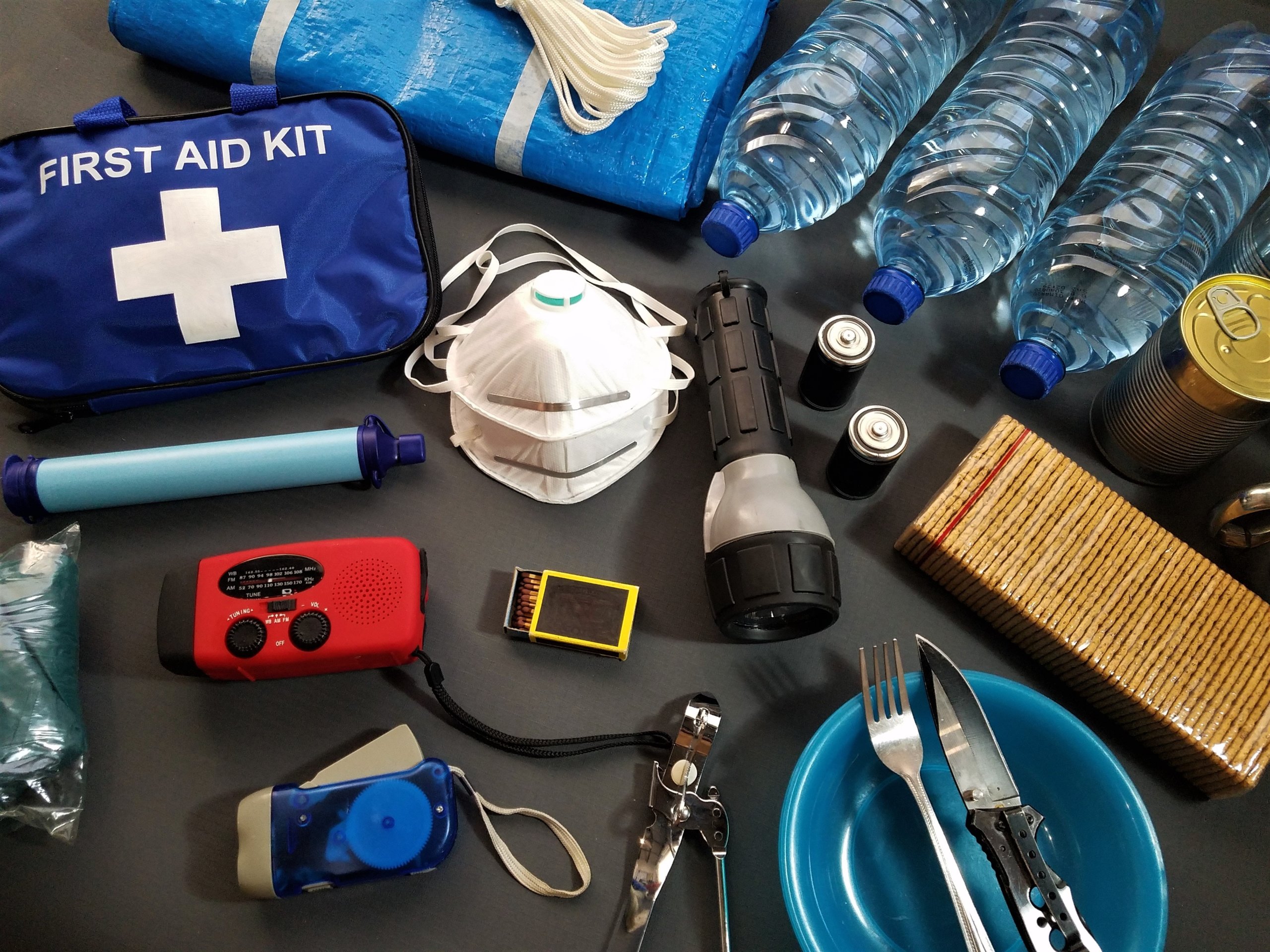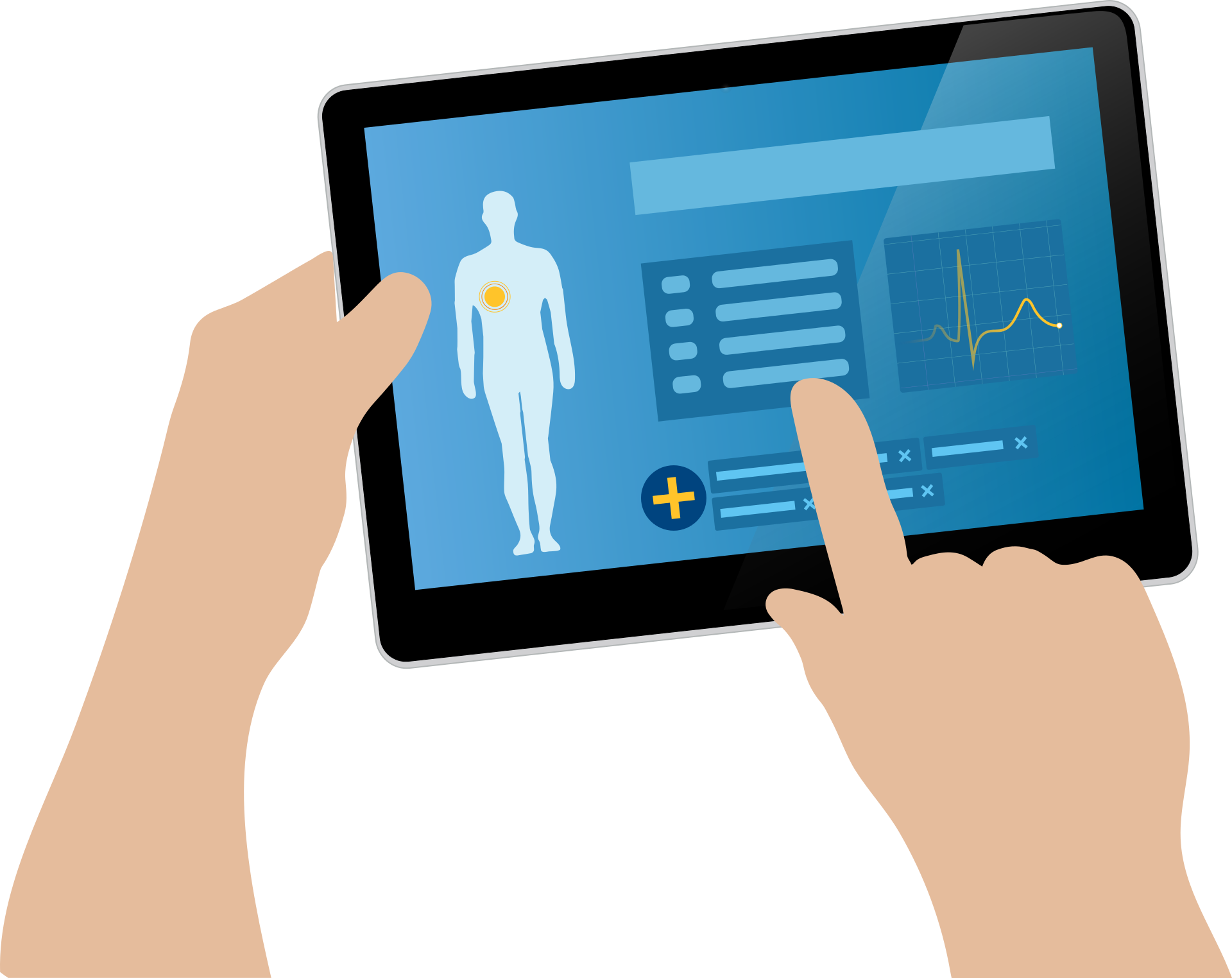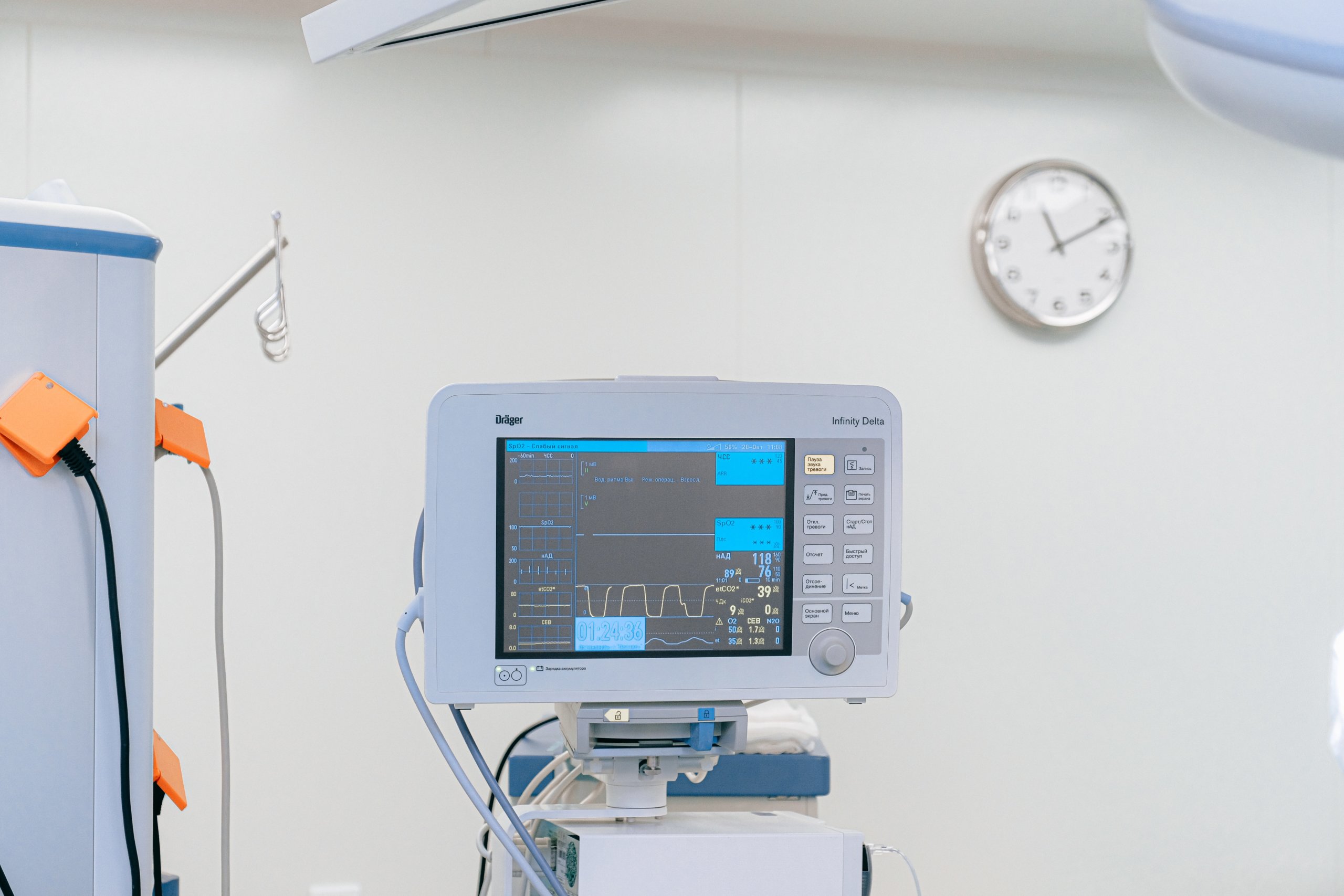
It’s undeniable that technology is reshaping the landscape of medicine. The Internet of Things (IoT), artificial intelligence (AI), and even augmented reality (AR) have all had profound effects on MedTech development already. Mobile apps have also had a substantial impact on eHealth, especially in recent years.
But much of its potential has still been left untapped. However, this isn’t due to lack of effort, but rather, unforeseen factors. If MedTech innovators want to introduce and scale new paradigms with mobile apps, they’ll have to tackle some problems outside of the technological aspect.
A Chronic Problem
Mobile apps in the eHealth space offer the chance to shift aspects of medical care from hospitals and clinics to the comfort of a patient’s home (or anywhere with Wi-Fi). This could especially be useful in the case of chronic conditions that require regular check-ups. They could also allow doctors to be more proactive in parts of the treatment process that they’re usually detached from, like adhering to dietary restrictions, medication schedules, and regular exercise.
This is huge. Chronic diseases affect about 120 million Americans. They also make up roughly 75% of healthcare spending in the U.S. and account for approximately 70% of U.S. deaths. So why are mobile apps in this eHealth space not seeing monumental success? Because the ways that these technologies are introduced and adopted are not adequate.
Mass Appeal Isn’t Easy for MedTech Apps
Selling digital health apps directly to patients has proven to be extremely difficult. The average person paying for chronic disease care are used to doling out co-pays for medication and doctor visits. But a digital health app is largely seen as supplementary, and thus, unnecessary.

This is also partially due to the mobile app market landscape. Leisure apps, like games or music streaming services, comprise a big share of what phone users usually put down money for. Even more serious-minded apps, like learning or productivity tools, place a huge emphasis on making the use of their products fun. Obviously, this isn’t exactly easy to do with a medical app dictating that you exercise or take your pills.
Misinformation Is a Malady That’s Hard to Treat
Besides not being appealing in terms of fun, eHealth apps also harbor trust issues. The U.S. Food and Drug Administration (FDA) announced in 2013 that they would not regulate mobile health apps not connected to instruments used for physical exams. This means the overwhelming majority of mobile health apps are not reviewed or monitored by a health authority in any way.
Many eHealth apps are neither evidence-based or made by people with medical credentials. So there are quite a few of them floating around that have incorrect information. Some of this misinformation could actually end up being dangerous for a patient who takes the advice to heart.
The Right Revenue Source
Both of the problems discussed above can feel overwhelming and maybe even impossible to solve. But just like any problem, a solution can become readily apparent with the right shift in perspective.
In the case of appealing to mobile app users, eHealth innovators must pivot this to a more reliable and realistic revenue source. Instead of trying to capture the attention and sustained use of smartphone users from the start, it would be more prudent to focus on getting healthcare organizations to adopt the app.
Primary care practices, health systems, health insurers, and self-insured employers are all actually much more viable prospects to start with than your average smartphone user. In fact, it’s not uncommon for potential eHealth app users to think that insurers and providers should be footing the bill for these technological tools.
Adopt and Diffuse
MedTech app developers should seek out organizations who can do two things for them. First, the organization must be able to understand the value they get from paying for the app. To do this, developers must present their app in a cogent way. A great example of this is the use of hard numbers. Quantifying just how much your app can improve certain aspects of a healthcare ecosystem or how it could substantially lower costs goes a long way towards compelling organizations to adopt your app.
The second factor that developers should look for in an organization is their ability to distribute the app. Diffusing the app through a network of doctors and patients can accelerate adoption. But it’s not enough for the organization to have a sizeable network. Ask them if they’ve taken on a similar initiative. Did they employ an internal marketing campaign? Maybe they used financial incentives to drive use of a new product? Without a plan and strategies like this, a large network doesn’t guarantee app adoption.
Credibility Is Key
Even after all of this, there is still more work to be done. We just discussed how to get a patient or provider to try out the app; this doesn’t guarantee sustained use. To gain continued usage, MedTech apps must be both trustworthy and convenient.

One of the best ways to earn trust is through validation. Aside from the lack of FDA regulation, there is also little effort in terms of clinical trials or research to verify that an app is a positive force in a patient’s life. And the few trials that have been done forgo some important factors to focus on. Most studies are not focused on long-term effects, and many don’t compare those using the app in the experiment with another group of patients not using the app.
A Matter of Convenience
After this step, the last key you’ll need to sustained use is convenience. Because, let’s face it — even if something is free and good for you, that’s no guarantee that you’ll want to use it. It has to be easy to access, and maybe even fun or satisfying if possible.
Not only must the app be compatible with many major devices and platforms, but it must also be engaging and up-to-date. The app should also be versatile. More than half of Americans afflicted with a chronic disease actually have two or more, so if you’re making a chronic disease management app, being able to attend to all of the needs would make you a one-stop shop. Convenience is a matter of the circumstance in the case of eHealth apps, so thoroughly studying your market is a must.
MedTech apps are still at an early stage. Whether you’re a startup in Tokyo or a lone developer in Toronto, applying the advice above will help ensure that your product not only has an impact but that it lasts.





